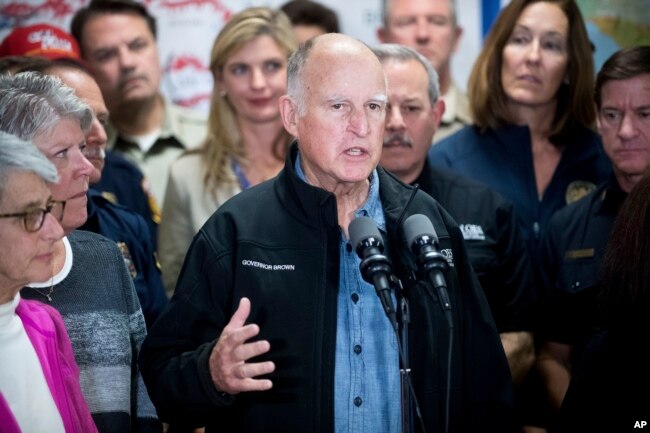Old Rocks
Diamond Member
A very important assessment of the present conditions and what they portend for the future.
https://www.sei-international.org/m.../Publications/ArcticResilienceReport-2016.pdf
https://www.sei-international.org/m.../Publications/ArcticResilienceReport-2016.pdf










